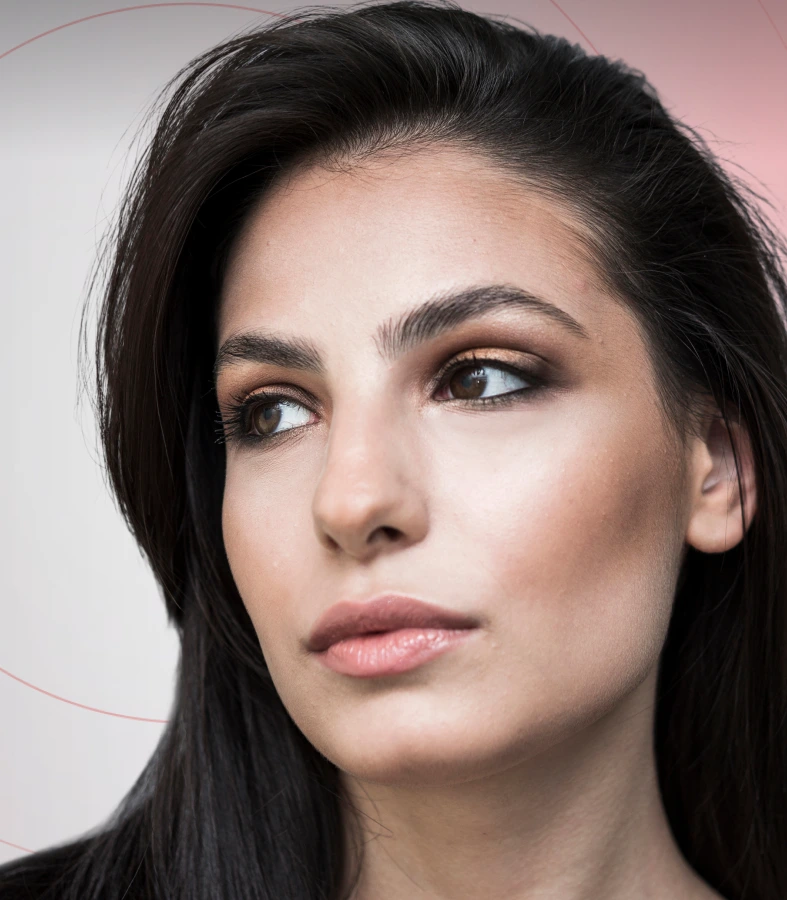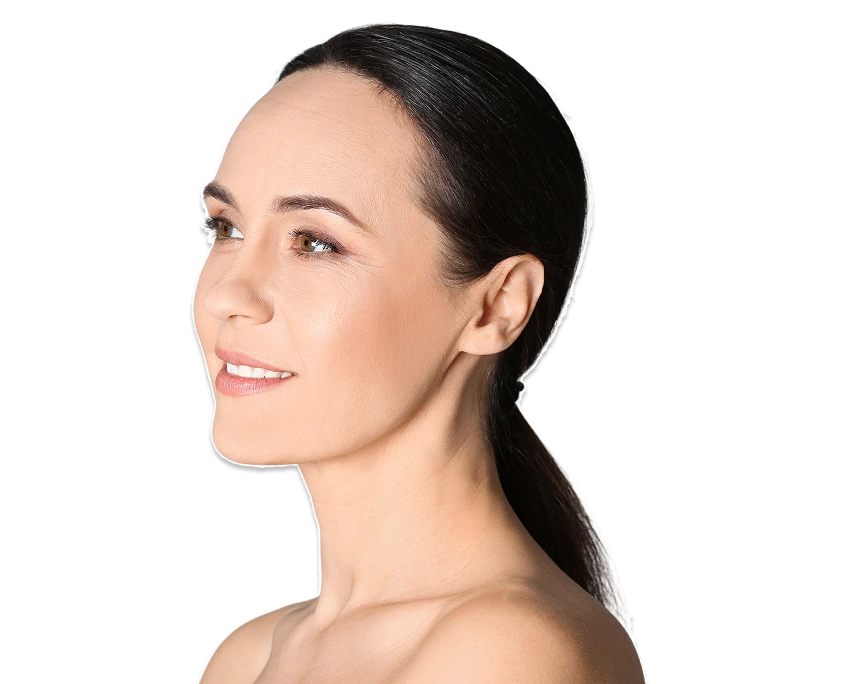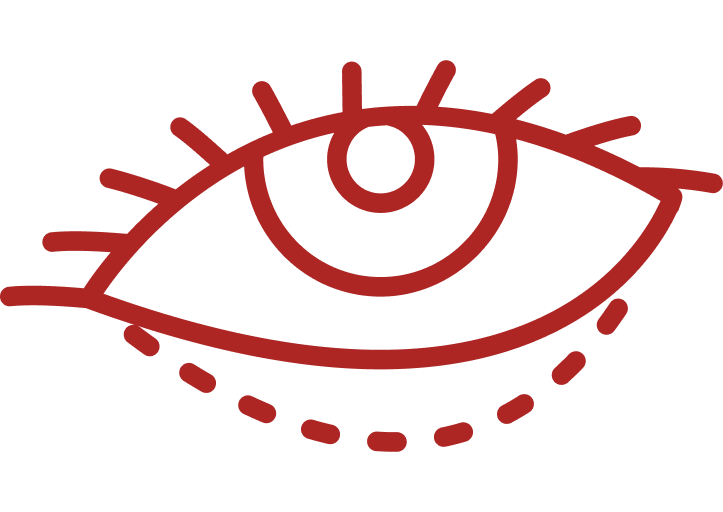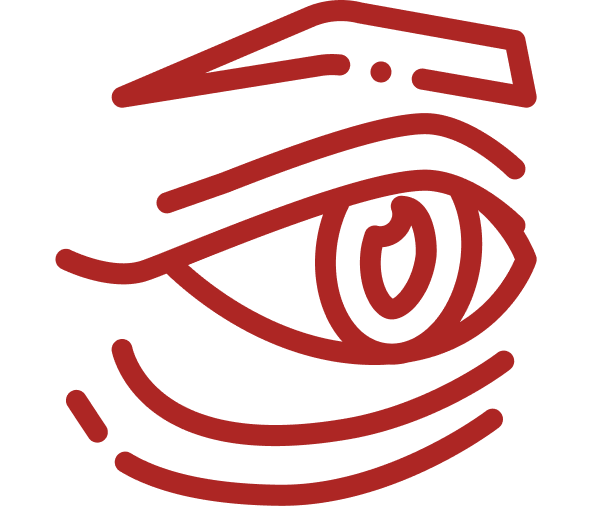


Lower blepharoplasty can be performed under general or local anesthesia with sedation, depending on the complexity of the case and Dr. Freeman’s recommendation. General anesthesia is typically chosen for more involved procedures, while local anesthesia may be suitable for less extensive corrections. The choice ensures patient comfort and safety throughout the operation.
Dr. Freeman makes incisions inside the lower eyelid to minimize visible scarring. These hidden incisions allow discreet access to underlying structures, eliminating external scars.
Once access is gained, Dr. Freeman removes or repositions fat deposits to reduce puffiness and correct under-eye bags. The preference is to preserve and redistribute fat rather than remove it, preventing the hollow appearance that can result from over-resection. This step restores a smooth contour between the lower eyelid and cheek.
To further enhance the appearance and durability of results, the underlying orbicularis oculi muscle and orbital septum may be tightened. This reinforces the lower lid structure, supports repositioned fat, and helps maintain long-term correction of drooping tissues.
Any excess skin is carefully trimmed, and the incision is closed using fine sutures that promote healing and minimal scarring. The sutures are typically placed in a way that aligns with the natural skin tension lines, helping the incision heal inconspicuously. Once closed, a soft dressing may be applied to protect the area.

The results of eyelid surgery can be long-lasting, especially when performed using advanced techniques like the SOOF Lift. While no cosmetic surgery can stop natural aging, lower blepharoplasty often provides results that maintain a rested appearance for many years. Skin quality, lifestyle, and sun exposure can influence how long the improvements last. In most cases, patients enjoy sustained benefits without requiring repeat procedures. Maintaining a healthy skincare routine can also help prolong the effects.

Adults with persistent puffy
eyelids

Individuals noticing early or
advanced signs of aging in the
lower lids

People with excess or displaced fatty tissue under the eyes

Those with a family history of under-eye concerns

Individuals with naturally prominent lower lids seeking refinement

Patients with asymmetry in the lower eyelid area
Lower blepharoplasty is often chosen as part of a broader facial rejuvenation plan. It can contribute to a more balanced and refreshed appearance, whether performed alone or combined with other procedures. The benefits are both aesthetic and, in some cases, functional:
Dr. Freeman’s expertise and pioneering approach make our procedures innovative and effective. With years of specialized experience, Dr. Freeman has developed advanced techniques like the SOOF Lift, which revolutionizes lower eyelid rejuvenation by repositioning underlying fat and providing tissue support. This method avoids external incisions, resulting in natural-looking, long-lasting results with minimal risks. By focusing on restoring the youthful anatomy of the lower lids, our facial plastic surgeon delivers outcomes that blend safety, precision, and aesthetics, setting a new standard in facial rejuvenation.